Playing piano by ear – this is a term that not everyone fully understands. What does it mean? How do you learn to play the piano by ear and why would anyone learn how to read music if it is an option to learn just by listening?
A lot of people misunderstand what is meant by playing piano by ear. You might think of this as some magical ability that people get. This is not true at all, nobody has a magical ability to listen to a song and therefore instantly be able to play it. Not to start with, anyway. So what do we mean by playing piano by ear? How do you build up these skills and is it more or less difficult than learning sheet music?
What Is Playing Piano By Ear?
It is very often misunderstood, so we want to explain what playing piano by ear actually means rather than let you operate under illusions.
Playing piano by ear simply refers to not using any form of notation. People who play by ear often don’t know how to read music, something that is not necessarily needed in order to be able to play. There are some myths and misconceptions about piano by ear, though.
Some people believe that not as much talent and understanding is needed to play the piano in this way. Reading music is hard, and therefore it can be easy to assume that those who don’t bother to learn to read the musical staff find it hard to fully understand how music works.
Some would potentially argue that the opposite is true. To play the piano by ear you need to fully understand the patterns of the piano and memorize a lot of the information you could otherwise be relying on the crutch of musical notation for.
Memorizing chords, progressions, and melodies is required to be able to play by ear. Eventually, the understanding of piano grows to the point where you can hear something and understand what is happening. You may recognize chords and notes in songs without having to refer to a tutorial or to sheet music. This is a long journey, and getting to this stage is not easy.
Disadvantages of Playing By Ear
It sounds great, right? Being able to play the piano without going through all of the tough aspects of learning how to read music and getting to grips with the complexities of musical notes and the musical staff. So, why doesn’t everyone want to learn how to play in this way? An understanding of where musical notation comes from helps.
We talk about the “sheet music or no sheet music” debate a lot here on Pianu.com. Our academy caters for people who want to learn in both ways. To fully understand it we need to think about why it is so mainstream and what sheet music actually is.
Before the days of YouTube tutorials and audio lessons, we would have no way of communicating music over any distance! We couldn’t play it to other people down the phone, we couldn’t send a video and in the time of many of the greatest ever composers it was vital that some sort of standardized notation was invented. This is sheet music as we know it.
Sheet music means that someone who can sight-read might instantly be able to play a song just by reading the sheet music that has been sent to them. A composer in one country could send sheet music to another country and have it played. It is also the only way of recording music when actual audio recordings were rare. Sheet music served a strong purpose, but it is here to stay, still.
The main benefit is that eventually, you might get to the stage where you can play the piano by sight-reading. You can do exactly what we described above, pick up a book with music written within and play it back instantly. This is a hugely important skill for a lot of musicians, especially those who want to get a grounding in classical music. It can be difficult to commit every piece of music to memory, but being able to use sheet music means that you don’t need to recall it, you can simply read and play.
How to Learn By Ear?
Are you learning to play the piano without learning to read music? You are basically already doing it. The first steps of learning how to play the piano by ear can be just learning a few songs. Ignoring the musical staff may seem counterproductive, but if you have made a choice that this is not the way you want to play the piano, you know that you can bypass this.
Eventually, you will want to learn how to recognize notes and chords. The main aspect of learning in this way is being able to effectively listen.
There are some techniques that you can use in order to learn the structure of chords that may even be simpler than learning how to play the piano in the traditional sheet music way. You have the benefit of being able to watch videos and listen to audio lessons. This way, you will gradually start to recognize what the notes and chords sound like.
This is another point that needs a disclaimer for those who want to learn playing piano by ear. It takes time. Pianists will struggle to listen to a piece of music and understand exactly what is going on until they are very experienced. Playing by ear can also refer to memorizing piano songs rather than having a full and instant understanding of the piano, and of any song you listen to.
There are some specific lessons that you can use in order to learn to play the piano without learning how to read music. The Pianu academy allows for this. Though the sheet music is available and relatively straightforward to learn, you can also see exactly what is happening on the piano itself. You can see the notes, and test yourself in an interactive way. You can even connect your digital piano or keyboard so that you can test your abilities and see if you are playing the notes perfectly or not.
Music – It’s All About Patterns
This is something a lot of people don’t realize about music. The best piano courses and teachers will show you that the way a piano is laid out is all about repeating patterns. For instance, the triad chords can be worked out by counting from the root note. A major chord has an interval of 3 and then 2 notes on the piano between the notes of the chord. This means that you can use a pattern to work your way around the piano. Playing by ear, you are more likely to continue to establish these patterns.
Scales are exactly the same. If you look at piano scales for the first time, or see someone playing certain scales up and down the piano, you might think of this as a petrifying aspect of learning. For newbies, it is quite intimidating. However, by learning the patterns you can start to demystify the piano. People who learn piano by ear often know that they can rely on these patterns and develop a different understanding of the piano from those who use sheet music. They are two distinct ways of learning.
It could be that sheet music never clicks for you, you might never find that this is a helpful way of learning. There’s no judgment attached to that. Different methods work for different people.
Testing Yourself When Playing Piano By Ear
How do you test yourself and start to build these skills when it comes to learning piano by ear? Is there a way that you can make sure you are developing your skills properly?
A very simple task for playing piano by ear is to try and replicate something you have heard. Use a tutorial if it is helpful, but before resorting to this, try to remember a simple melody and play it on your piano.
Did you know that we have something called Tonal Memory? This is our ability to recall a melody after hearing it, and some people are better than others. You might also be able to practice this. Even if it is something as simple as a nursery rhyme. Listen to it, practice it, test your “aural recall”.
You can also play games with yourself. Try to remember a song that you were working on last week. Deliberately learn a song you have never heard before and limit the number of times you listen to it, so that you have to train your brain to pick up the information and replicate it. Eventually, you will start to pick out intervals between notes, or recognize which notes or chords are being played. It’s a long road.
Another useful way to test yourself is to get someone to play notes on the piano and see if you can identify them. This is hard to begin with, so you could even start out just by identifying if a note is higher or lower than another. These little building blocks feel a long way from playing piano by ear, but they are essential for those just getting started.
Use Tutorials and Don’t Beat Yourself Up
You need to engrain all of this knowledge into your brain, and it isn’t easy. If you are playing piano by ear then don’t try to take shortcuts. There is no way that you are going to be able to listen to some Tchaikovsky and instantly replicate it all. If you aren’t going to read music then the alternative is tutorials, and this is certainly fine to start with. This is how most people learn.
On top of video tutorials, the option to use interactive lessons such as those offered by Pianu can be a very good way to build your knowledge without having to ever read sheet music. Don’t beat yourself up about the fact that you aren’t picking it up quickly enough. Piano takes time whether you choose to learn by ear or read music. It’s a complex instrument that most people never fully master.
Benefits of Learning How to Play By Ear
We’ve gone through the downsides of learning how to play piano by ear, and the fact that it can be a bit limiting for those who want to develop their playing in a more classical way. However, there is so much benefit to learning how to play by ear. Plus, the two are not mutually exclusive. You can learn how to play by ear and then later bolt-on sheet music, and vice versa.
In this section, we are looking at the benefits of playing piano by ear.
You Don’t Depend on Your Sheet Music
A bit of an obvious benefit to start with. If you are constantly learning to play by reading sheet music, you will probably memorize quite a few of the songs, but not all of them. You may even find that some of the really basic pieces that you felt like you had nailed disappear from your memory when you don’t have the sheet music in front of you to utilize.
If you have committed something to memory, or recognized the patterns and chord progressions within, you might have to do a little bit of tinkering on the piano to remind yourself, but generally, the knowledge will still be there. You might even be able to hear a basic song or melody and quickly work it out. It sounds like a pipe dream for a lot of pianists, but some people have a really natural skill for replicating what they are hearing, especially if it is a simple or basic melody.
You May Be Able to Compose…In Your Head
A lot of piano players eventually get to this stage. Paul McCartney talks about this a lot, waking up and having a melody stuck in his head and not being able to remember if it was something he’d written or not. You might get to the point where a melody can come to you in your head and you can memorize it for future playing.
You might also be able to play around with chord combinations in your head. This is something that sounds alien to people who are just getting started. However, with time, it is achievable. It’s not the most important skill to gain, but it is a nice bonus.
You Develop a Different Understanding of How Music Works
We’ve already briefly mentioned the fact that playing piano by ear relies a lot on being able to spot and utilize patterns.
We’re very cautious about saying that this is a different way of understanding music, rather than better. Plus, those who learn by reading music may eventually learn the same things about the patterns of a piano, and be able to rely on shapes. However, there’s no denying that approaching from the attitude of playing piano by ear is a really good way to have to fully establish the relationship between the notes, intervals on the piano, and other aspects of what makes a chord or melody work. Instead of reading and replicating, you are constantly having to intuit what is next.
You will probably learn about music theory either way, but some people find that when learning by ear, they start to memorize the relationships between notes and chords more quickly.
You Learn to Listen
If you plan to learn in this way then you are going to spend a lot of time listening. In fact, listening might even be a more important skill than playing for those who want to play the piano by ear. By learning in this way, you potentially have the ability to pick out different things from a song. This understanding might be what you rely on for your musicianship. As time goes on, there are a number of different layers that you can use.
You Might Start Playing Songs Quicker
This isn’t universal, as people start to pick up the piano at all different speeds, but in a lot of cases if you don’t have to learn how to read music before you start to play melodies, you can get to grips with a few simple songs much more quickly.
You Can Save on Sheet Music
Don’t get us wrong, there is a lot of free sheet music out there, especially if you like to play classical music or common songs, but if you love a specific band or artist you might find yourself looking for their songbooks to learn how to play. If you are playing piano by ear then you might be able to work out how to play, follow tutorials or even use online resources such as guitar chord websites.
Sheet music can be pretty expensive. Some of the popular online platforms that offer interactive lessons also have sheet music included, but you may have to pay extra in order to access their whole library. Interactive sheet music is a wonderful addition and it makes it much more practical to learn how to play…but this adds another cost.
You May Be Better at Improvising
You’ve committed scales to memory, you know what patterns and intervals sound good together, and your ear is way ahead of your eyes and fingers! You might well find that by playing piano by ear you are developing some incredible improv skills. This means that you know which notes sound good together, you have memorized scales and you can make things up on the spot.
Music Theory and Learning to Read Music
Did you know that learning to read sheet music and learning music theory are not the same thing? A lot of people assume that because reading music is very much “on the curriculum” that it is needed to understand music theory. Much of the theory of writing and playing a song can be learned without ever knowing how the notes of the staff work.
A band who are often described as not knowing how to read music are The Beatles (just about the most famous band ever). A lot of people confuse this for not having any knowledge of music theory. This is not the case at all. This video explains it brilliantly.
It’s up for debate what these guys really knew about theory and reading music, but nobody can say they didn’t have a strong understanding of music (at least when they all combined their knowledge).
Are We Advising Against Learning Sheet Music?
Pianu can help people to learn how to play piano in a variety of methods. Whether you want to make use of sheet music or not is really up to you. We certainly aren’t saying that one method is better than the other, but there are pros and cons, and many different ways that you can start your journey. Don’t get too hung up on whichever method you are opting for. Ultimately, your piano ability will probably come down to your persistence more than anything else. Sticking with it and using the right learning materials are vitally important.
Though there are foundations of piano knowledge, there is not one specific method of learning. We all take our own paths. It is important that if you choose to learn by ear, you don’t neglect the fundamentals of music and music theory. Even if you have a natural ability for picking out melodies, you shouldn’t bypass the early learning steps we all go through as musicians.
Conclusion – Playing Piano By Ear
There’s no denying it. Being able to play piano by ear is impressive. Whether you have learned this way out of necessity or you are finding that sheet music is like reading hieroglyphs, you can take steps towards learning by ear if you wish. Spotting patterns and building up your understanding of notes, chords, scales, and how it is all interlinked, is vital to this technique.
Though some people naturally have a better ability to replicate melodies and understand music, it is certainly a skill that you can build and work on.
Let your friends know about us.
Leave a Reply
You must be logged in to post a comment.
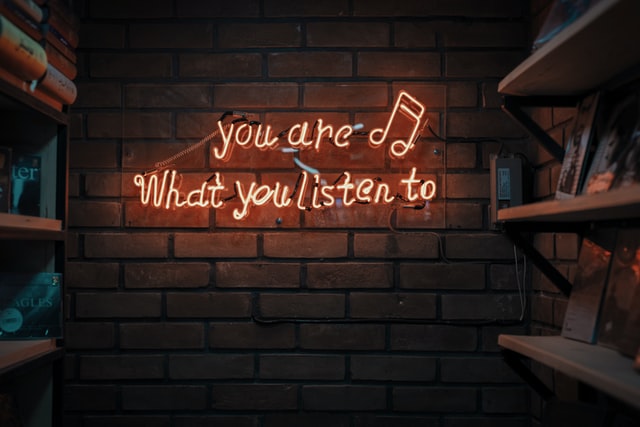
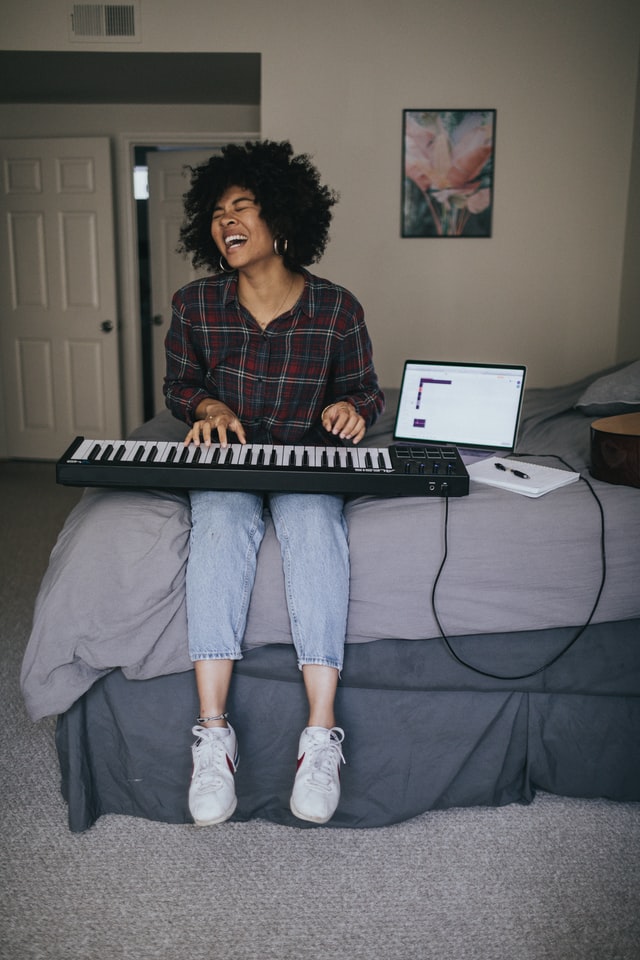
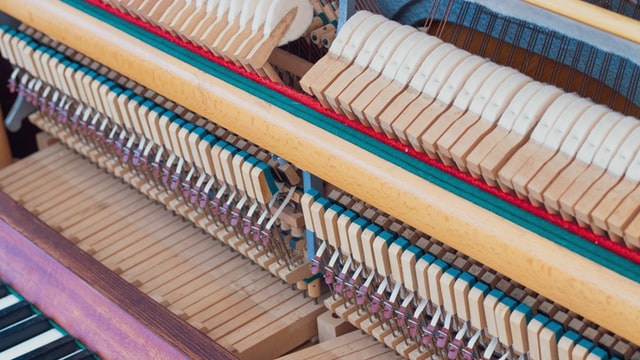
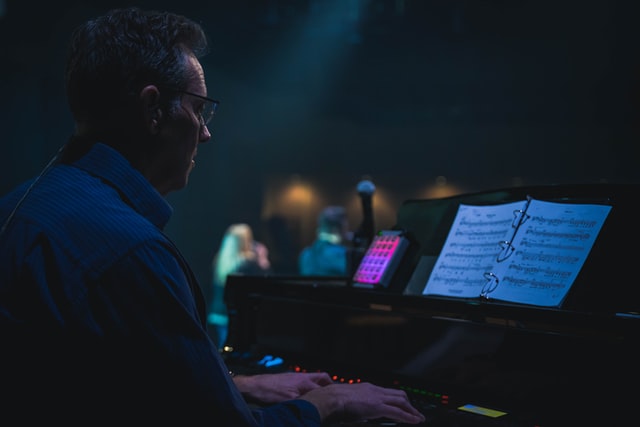
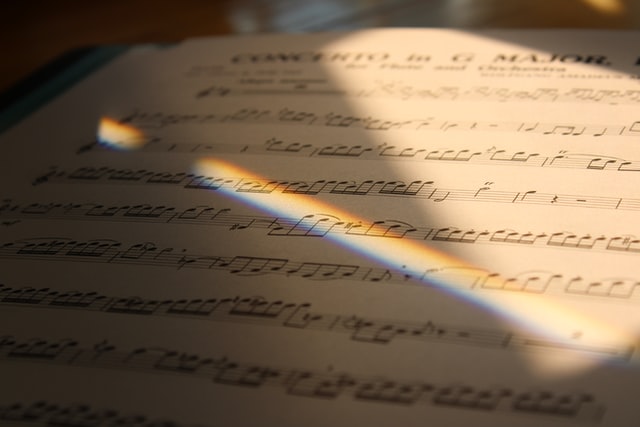










I have recently done a 6-hour research on this topic and collected the most touching chord progressions that I found.
Just to name a few:
Em-Bm-G-Em
Am-C-D-Am-C-Am
(This one was actually used in the Johnny Cash cover of “”Hurt””!)
A-E-F#m-D-A-E
(Oh it’s a beautiful one! It’s from “”Tears in Heaven”” by Eric Clapton.)
Em-D-C-G-F#-Em
(This one creates a beautiful sense of rest. You can freestyle with a few notes to add a bit of flavor.)
I ended up with the list of 20 chord progressions :D
You can check them all out and listen how they sound in my blog post if you’re interested :)
Ultimate List of 20 Sad & Emotional Chord Progressions in 2020
https://chordchord.com/20-sad-and-emotional-chord-progressions
Thank you for you contribution!